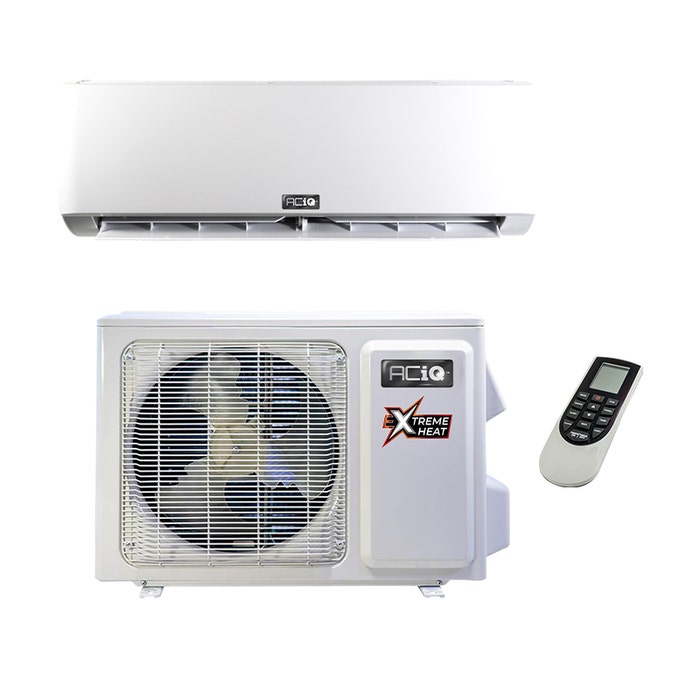When it comes to efficient cooling and energy savings in a home or commercial space, air conditioner zone boards are an essential component. These intelligent devices allow for the creation of multiple cooling zones within a building, allowing for customized temperature control and increased energy efficiency. In this comprehensive guide, we’ll explore everything you need to know about air conditioner zone boards, including how they work, their benefits, and key considerations for installation and usage.
What is an Air Conditioner Zone Board?
An air conditioner zone board, also known as a zoning system or zone control system, is a device that allows for the independent control of temperature and airflow in different areas or zones of a building. It works in conjunction with the existing HVAC system to divert conditioned air to specific zones as needed, creating a more precise and customizable cooling experience.
How Does An Air Conditioner Zone Board Work?
Zone boards operate by using a series of dampers, thermostats, and control panels to regulate the flow of air from the HVAC system to different areas of the building. Each zone is equipped with its own thermostat, which communicates with the zone board to control the dampers and adjust airflow based on the temperature settings for that specific zone.
For example, if one area of the building reaches the desired temperature while another is still too warm, the zone board will adjust the dampers to redirect more cool air to the warmer zone, balancing the temperature throughout the building. This targeted approach to cooling not only improves comfort but also reduces energy consumption by avoiding overcooling in unoccupied areas.
The Benefits of Air Conditioner Zone Boards
There are numerous benefits to incorporating air conditioner zone boards into a cooling system, including:
- Energy Efficiency: By only cooling occupied areas, zone boards can lead to significant energy savings and lower utility bills.
- Customized Comfort: Different areas of a building can be set to different temperatures, catering to individual preferences and needs.
- Reduced Wear and Tear: By minimizing the time that the HVAC system operates at full capacity, zone boards can extend the lifespan of the equipment.
- Zoned Control: Occupants have the ability to adjust the temperature in their specific zone without affecting other areas of the building.
Considerations for Installation
When considering the installation of an air conditioner zone board, there are several factors to take into account:
- Compatibility: Ensure that the zone board is compatible with your existing HVAC system and that it meets the specific zoning needs of your building.
- Professional Installation: Proper installation and setup of the zone board are crucial for optimal performance and efficiency.
- Zoning Strategy: Determine the zoning layout and the number of zones needed to achieve the desired level of control and comfort.
- Thermostat Placement: Position thermostats in optimal locations within each zone to accurately reflect the temperature and prevent unnecessary cooling.

Credit: www.amazon.com
Conclusion
Air conditioner zone boards offer a sophisticated solution for achieving tailored comfort and maximizing energy efficiency in both residential and commercial spaces. By allowing for individualized temperature control and targeted cooling, these systems can significantly enhance the overall comfort and cost-effectiveness of HVAC operations. When considering the installation of a zone board, it’s essential to consult with an experienced HVAC professional to ensure a seamless integration with your existing system and the best possible results for your specific needs.

